LockheedMartin
Latest

Hitting the Books: Disney's influence on America's first stealth planes
Welcome to Hitting the Books. With less than one in five Americans reading just for fun these days, we've done the hard work for you by scouring the internet for the most interesting, thought provoking books on science and technology we can find and delivering an easily digestible nugget of their stories.
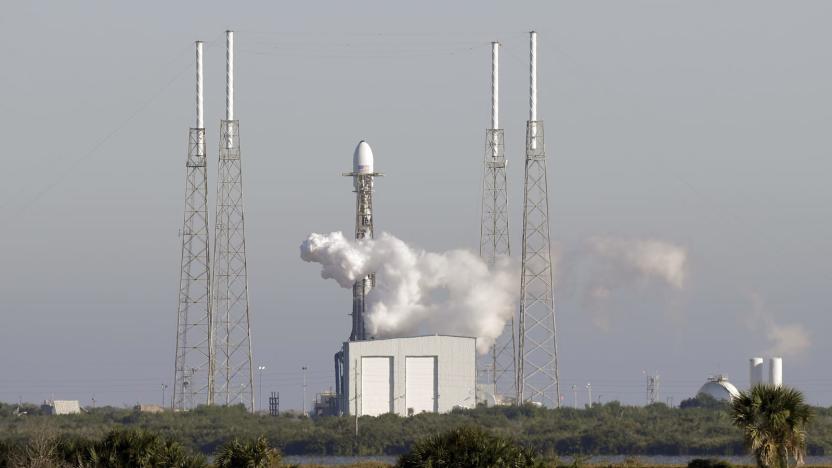
SpaceX completes its first US national security mission
SpaceX managed to squeak in one more milestone before the end of 2018. The private spaceflight company successfully launched its first-ever US national security mission, carrying the US Air Force's equally new GPS III satellite into orbit. The effort was comparatively messy as far as recent SpaceX launches go. The company delayed the launch multiple times over the past several days, and the Air Force's performance margin requirements ruled out a landing for the Falcon 9 rocket's first stage.
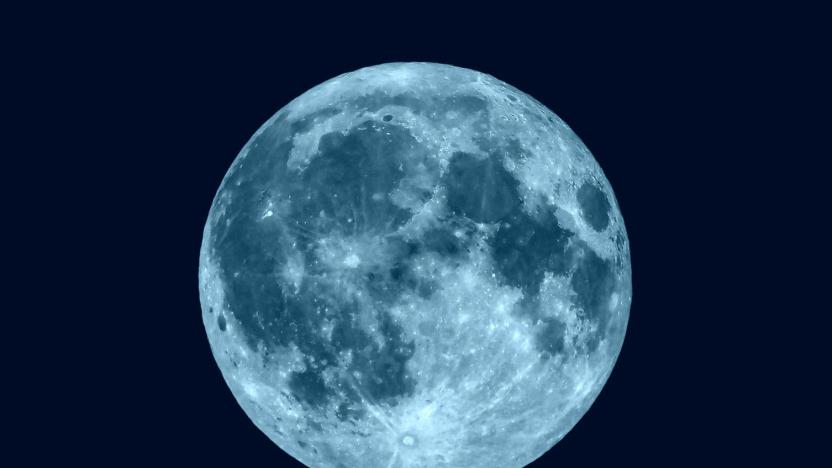
NASA reveals companies that will help it return to the moon
Last year, President Trump signed a directive that tasked NASA with returning to the moon -- an effort that Vice President Pence and NASA Administrator Jim Bridenstine have repeatedly backed. And that goal is set to include commercial companies, which will partner with NASA on moon missions and beyond. "Working with US companies is the next step to achieving long-term scientific study and human exploration of the moon and Mars," the agency has said, and today, Bridenstine announced which companies NASA plans to partner with as it works towards a return to the moon.
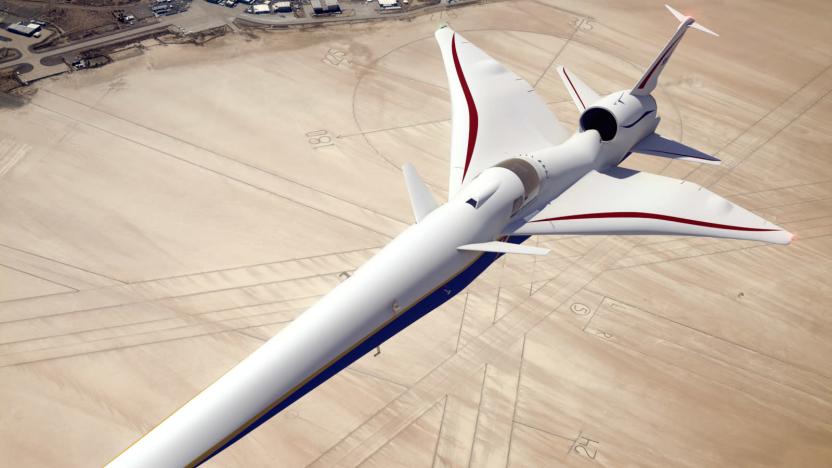
Lockheed Martin is building a quiet supersonic jet for NASA
Lockheed Martin's Skunk Works team has started building the first part of the X-59 Quiet Supersonic Technology aircraft, which could make supersonic commercial travel a reality. The aerospace company is building the jet for NASA's Low-Boom Flight Demonstration program, now that the space agency has committed to a three-year development timeline. Lockheed X-59's long, slender design will allow it to be relatively quiet, creating a sound only as loud as a car door closing whenever it transitions to supersonic speeds. Since it will fly at an altitude of 55,000 feet and at speeds of 940 mph, it's expected to be barely audible.
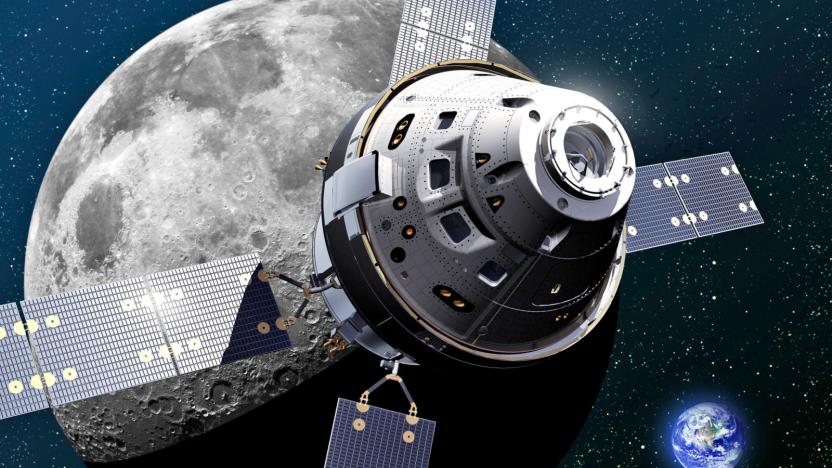
Lockheed Martin wants input on commercial payloads for Orion
Lockheed Martin is building Orion for NASA's deep space missions, but the module could carry more than a human crew and the agency's payload to space. The aerospace company is gauging the public's interest in flying commercial payloads aboard the capsule -- and it has NASA's blessing to conduct the market analysis. It has even launched a new portal, where domestic and international organizations can submit their commercial payload concepts, which could be for research in various STEM fields, for art and entertainment or for collecting data, among other things. The payloads could be as small as a cubesat that can be flown inside the cabin or something so large it needs to be mounted to the capsule's exterior.

Lockheed's concept moon lander can carry four astronauts
Lockheed Martin has unveiled the designs for a reusable lander built to ferry four astronauts and 1.1 tons of cargo between lunar orbit and the surface of the moon. Leveraging tech from the aerospace giant's Orion spacecraft for deep-space missions, the 14-meter, single-stage vessel can camp for up to 14 days on the moon. Upon touchdown, the crew will use the craft's lift elevator platform to get from the cabin to the surface, before blasting back to their home base aboard the Lunar Orbital Platform-Gateway -- a small space station that NASA plans to start constructing in 2022.

Lockheed's drone challenge: create an AI pilot that beats pro racers
While autonomous drones exist, they're not usually what you'd call speedy when many skilled pilots could beat them in a race. Lockheed Martin and the Drone Racing League want to do better. They're launching an AlphaPilot Innovation Challenge that will encourage the public to develop drone AI that can not only race at high speeds, but win. Competitors will have to build an NVIDIA Jetson-based AI system that can swiftly move through the League's Artificial Intelligence Robot Racing circuit.
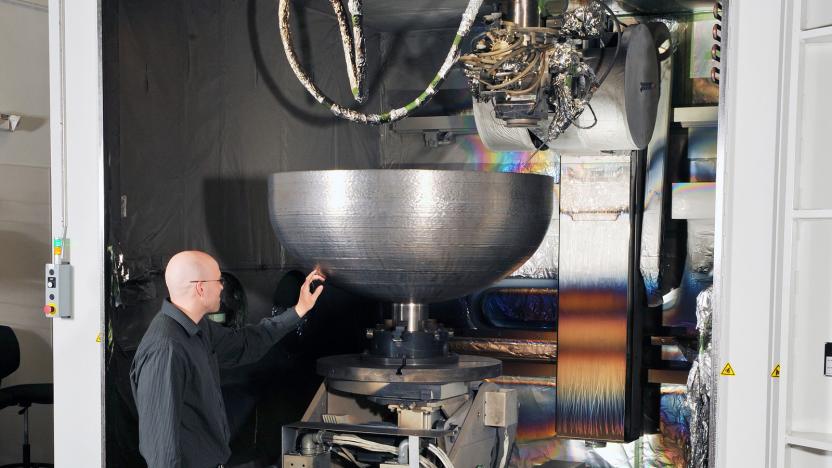
Lockheed Martin creates its largest 3D-printed space part to date
Lockheed Martin has just finished the final series of quality control tests for an enormous titanium dome meant to serve as caps for satellite fuel tanks. It's not just any ordinary dome, though: the enormous component measures four feet in diameter and is the company's biggest 3D-printed space component to date. Its previous largest qualified space part is an electronics enclosure that's around the size of a toaster. This dome is large enough to seal fuel tanks bigger than humans and, according to Lockheed Martin, big enough to hold 74.4 gallons of coffee or 530 donuts. Glazed, of course.
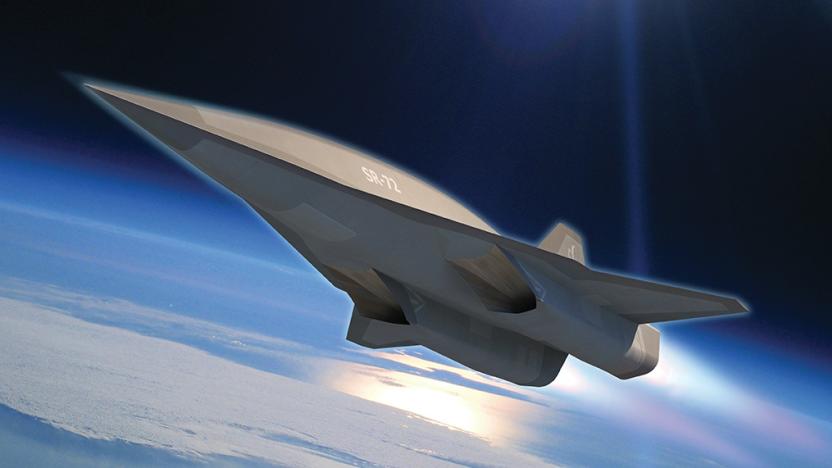
Lockheed's 'Son of Blackbird' spy plane might already be here
The Lockheed Martin SR-71 Blackbird is one of the most recognizable aircraft designs in history. Few other planes have captured the public's attention and imagination in quite the same way as the SR-71 has since it was declassified in 1990 (nearly 30 years after it entered service). And though we're now two decades on from the Blackbird's retirement, America's need for supersonic, high-altitude surveillance has not diminished.
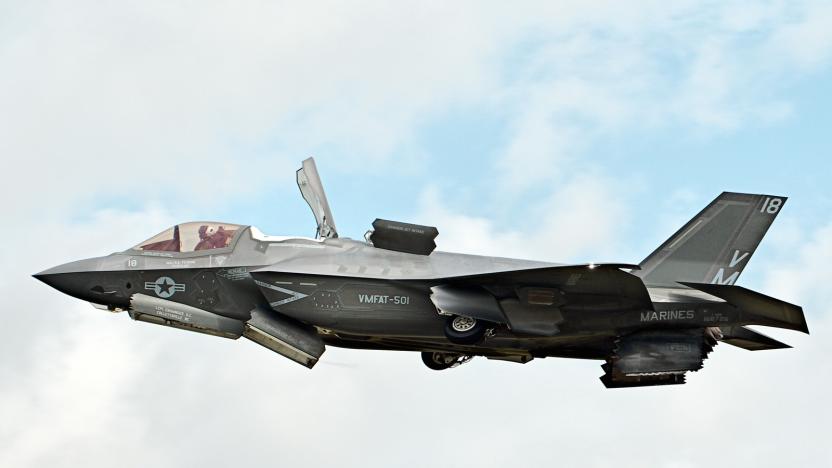
F-35 may see combat in 2018
After a very long and problematic development process, the F-35 Lightning II is about to serve on the front lines. The US Marine Corps is deploying the F-35B (the short takeoff and vertical landing variant) to ships in the Central and Pacific Command theaters in the spring and summer of 2018. The 13th Marine Expeditionary Unit is traveling aboard the USS Essex, which is headed to the Middle East, while the 31st will be attached to the USS Wasp and might head to the coast of North Korea.

The Mars InSight lander is on track to launch in May
The InSight (Interior Exploration using Seismic Investigations, Geodesy and Heat Transport) lander has passed its last major environmental test ahead of a planned May 2018 launch to Mars. The thermal vacuum testing, or TVAC, lasted two weeks and simulates the harsh, stressful environment of space. "With InSight coming out of TVAC, the team has successfully completed the environmental testing phase and will now be finalizing launch preparations over the coming months," Scott Daniels, the InSight assembly, test and launch operations manager, told Space.com, which reported the news.

Russian hackers had hundreds of US targets in addition to the DNC
Various US agencies continue to look into the role Russia played in last year's presidential election, and targets of those investigations include interactions between Trump advisors and Russian officials, ads purchased by Russian agents through social media sites like Facebook and Twitter and whether the Kremlin was involved in the DNC email hacks of last year. In regards to the latter, Russia has been suspected of being behind the hacks for quite some time and just this week, reports have surfaced that the US Department of Justice has pinpointed six Russian officials it believes to have been involved in the hacks. However, a report released today by the Associated Press suggests that the group behind the DNC email breaches actually had a much wider range of targets.
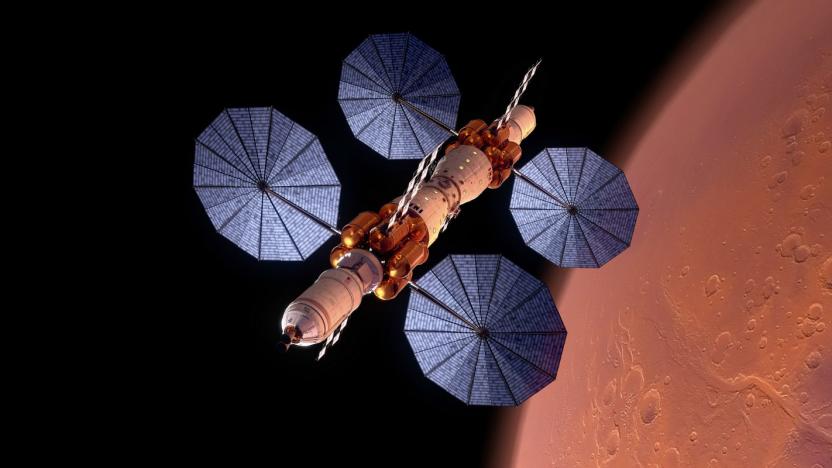
Lockheed Martin unveils Mars space station and surface lander
Elon Musk wasn't the only one dishing new details on a mission to Mars at the International Astronautical Congress in Adelaide, Australia. Lockheed Martin, which too plans to send humans to the Red Planet in the next decade, also dropped a bunch of new info about its ambitious project. The defense and aerospace company is currently building the command module for NASA's Orion spacecraft. The vessel will eventually make the trip to Mars carrying four astronauts, but it won't be alone. The shuttle will be attached to Lockheed Martin's Mars Base Camp (MBC) orbiting mission. And, on Thursday, the company laid out the design of the larger spacecraft, designated to carry crew, supplies, and scientific equipment. Along with a sleek Mars lander concept capable of carrying astronauts to the planet's surface from orbit.
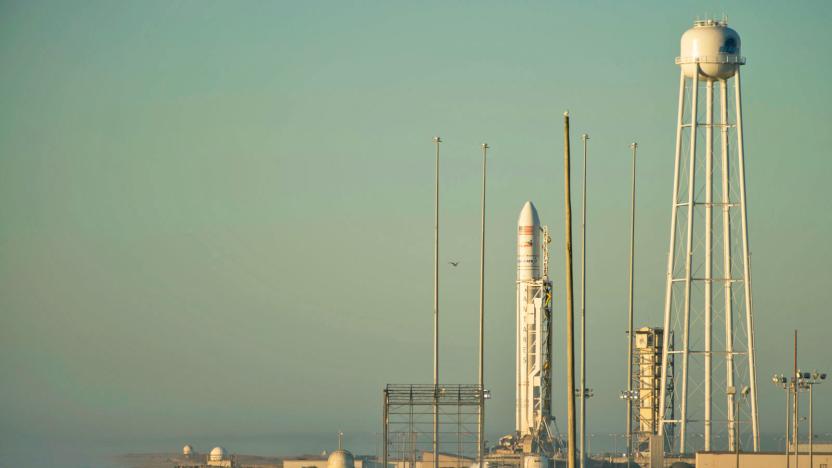
Northrop Grumman joins the space race with $7.8 billion acquisition
Today, Orbital ATK announced that defense contractor Northrop Grumman will acquire it for $7.8 billion in cash, with an additional $1.4 billion in debt. Orbital ATK builds rockets and constructs satellites for both commercial and military applications. The company is also contracted to send resupply missions to the International Space Station with its Cygnus spacecraft and built the boosters for NASA's SLS rocket.
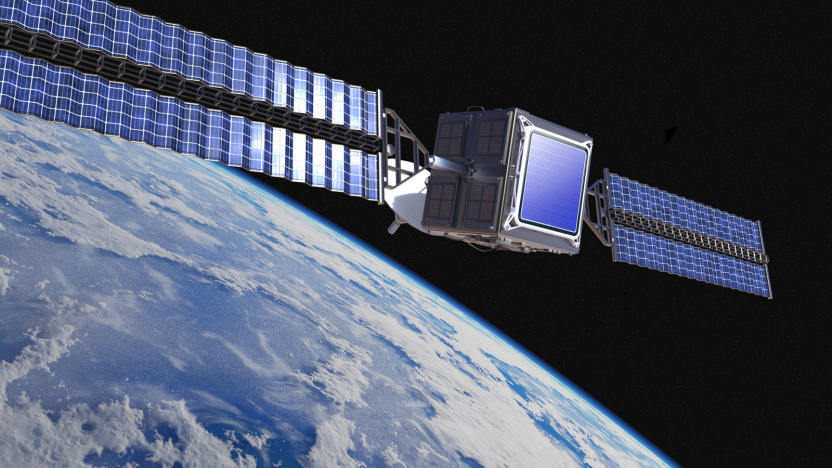
Lockheed Martin previews a future of tiny space telescopes
Current space telescopes are... big. You can't really avoid it given the need for giant lenses and bulky sensors. Lockheed Martin wants to fix that -- the aerospace firm has just released the first images from SPIDER (Segmented Planar Imaging Detector for Electro-Optical Reconnaissance), an optical instrument that promises pictures as sharp as what you'd get from a space telescope in a sensor that's just an inch thick. Instead of using a handful of monolithic lenses, it relies on a legion of small lenses whose data is divided and recombined using a photonic circuit. The initial results aren't spectacular, but they hold a lot of promise.
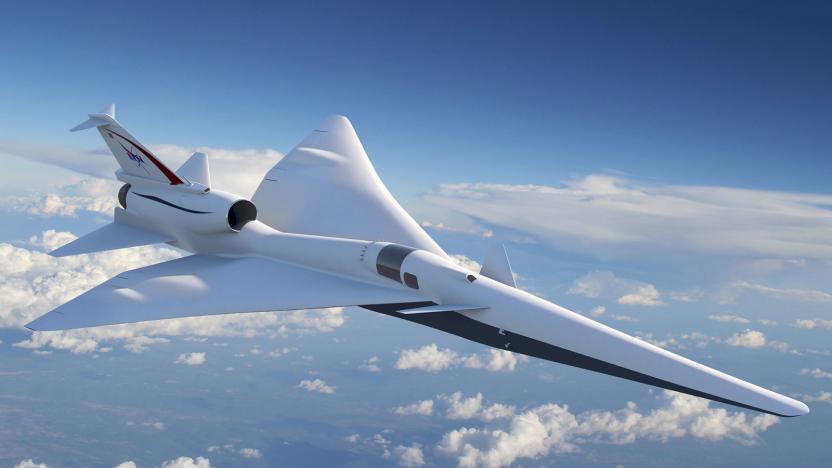
NASA moves ahead with plans to build a quiet supersonic jet
NASA's dreams of a quiet supersonic jet are one step closer to fruition. The agency tells Bloomberg that it'll start taking bids to build a larger (94-foot) real-world demo version of the aircraft that it tunnel-tested in June, and we now have a clearer sense of how well it'll perform in real life. The design is expected to reduce noise to no more than 65dBa, which is exceptionally quiet for an aircraft -- co-designer Lockheed Martin likens it to the inside of a luxury car. That would make it safe to fly just about anywhere. The Concorde, by contrast, was an assault on your ears at 90dBa and was limited to overseas flights.
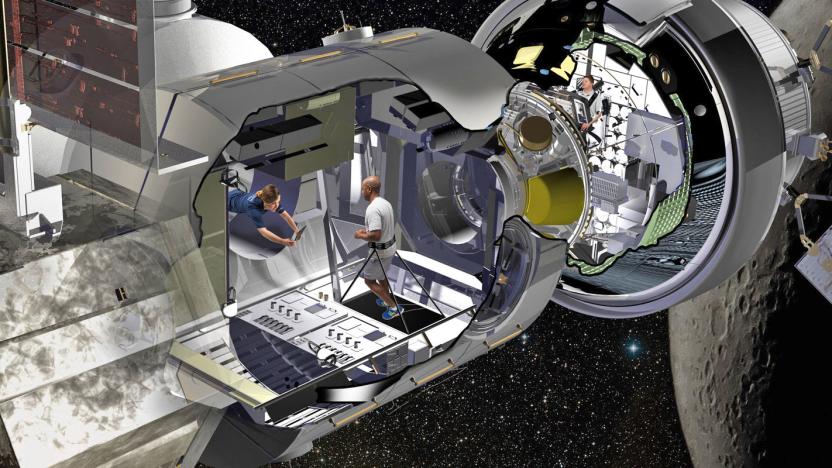
NASA backs deep space habitat made with old ISS cargo module
NASA has given Lockheed Martin the go-ahead to build a full-scale prototype of the deep space habitat it proposed for the NextSTEP program. That means in around 18 months' time, it might start testing new space travel technologies for the agency. No, not in orbit, but right inside a facility at NASA's Kennedy Space Center. To meet the agency's affordability goals, the aerospace corporation won't be building the habitat from scratch -- instead, it will refurbish an old container space shuttles used to transfer cargo to the ISS. Plus, it will rely on a mixture of virtual and augmented reality to design the prototype.
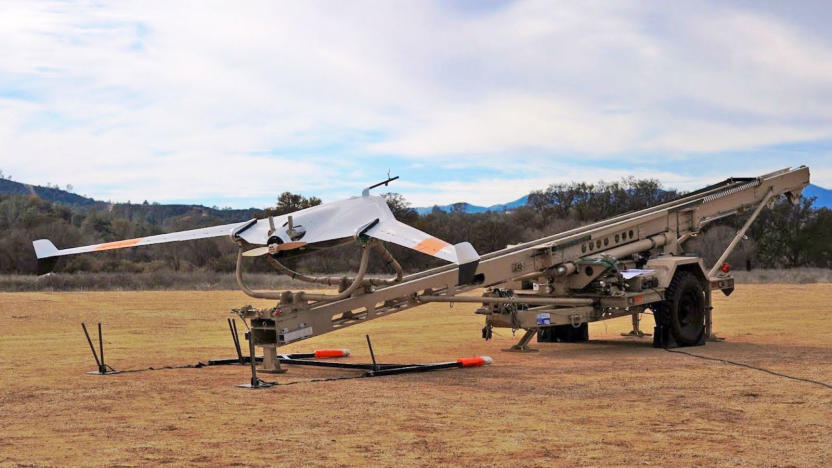
Who needs runways when you've got the Lockheed Fury?
Soldiers on the battlefield could soon have an extra set of eyes watching over them. Lockheed is currently developing a high altitude, long endurance (HALE) unmanned aerial vehicle called the Fury. But unlike other HALE platforms like Boeing's Phantom Eye or Northrop Grumman's Global Hawk, the Fury has no use for runways. It just needs a catapult.
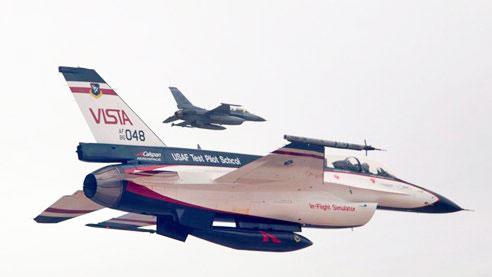
Air Force tests air-to-ground strikes with an autonomous F-16 wingman
There's so much focus around autonomous cars these days it's easy to forget that the military's trying to plug artificial intelligence into fighting vehicles, too. And not just in computer mock-ups, like last June's exhibition wherein a flight AI beat a retired USAF Colonel in simulated dogfights. In a recent test, military contractors used an unmanned system autonomously flying an F-16 combat jet as a wingman to support a human pilot in a separate aircraft. The system successfully met its goals to adapt, plan and execute maneuvers all on its own.
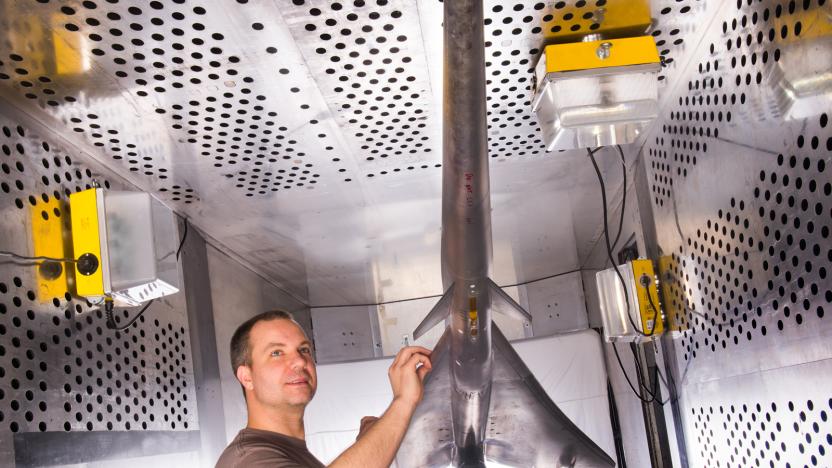
NASA starts wind tunnel tests for its quiet supersonic jet
NASA's plans for a quiet supersonic jet, the QueSST, just became tangible: the agency and Lockheed Martin have started wind tunnel tests for the future X-plane. It's a scale model at this stage, but it will be subjected to winds as high as Mach 1.6 (950MPH) to gauge both its aerodynamic performance as well as parts of its propulsion system. The tests should run until the middle of 2017.






